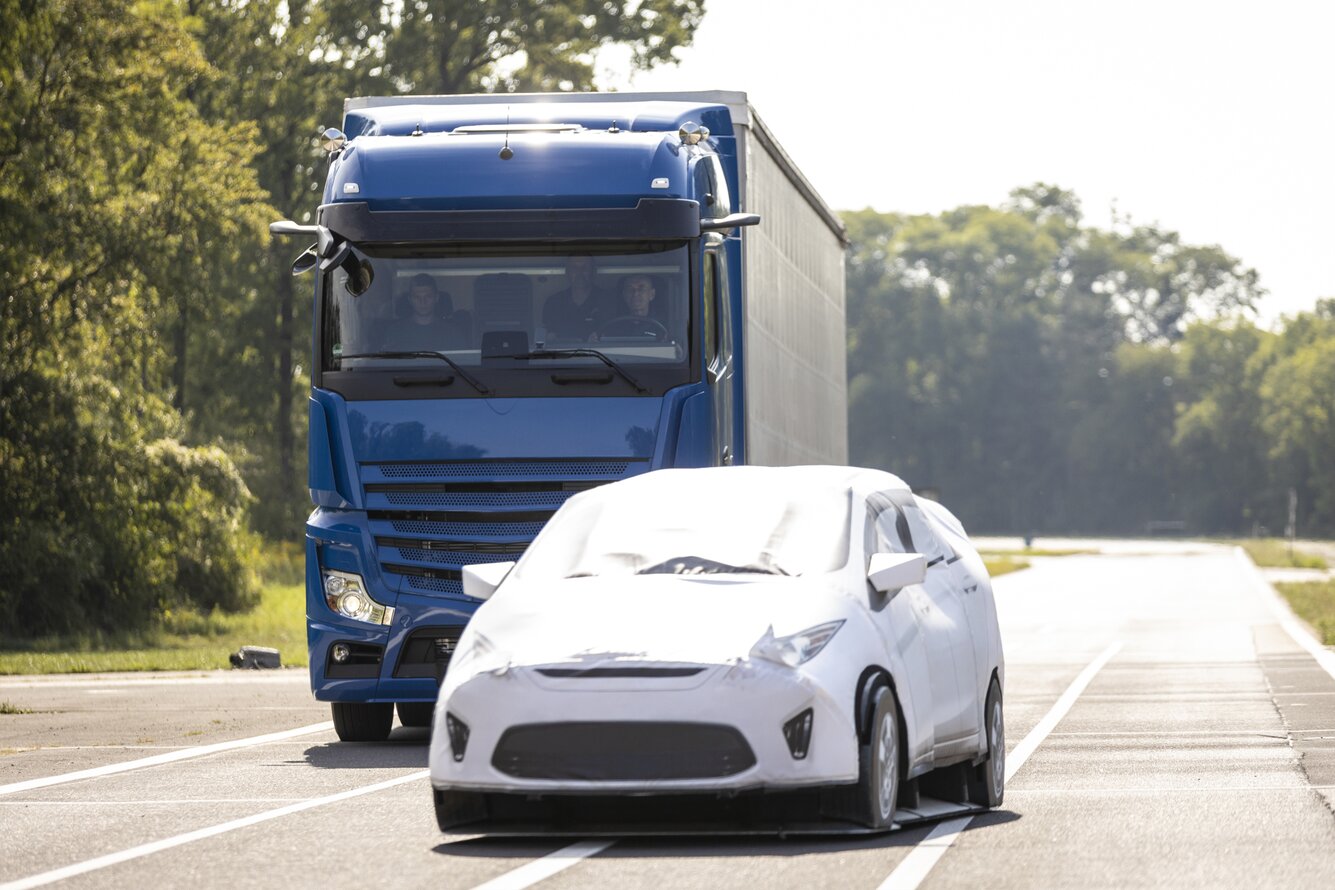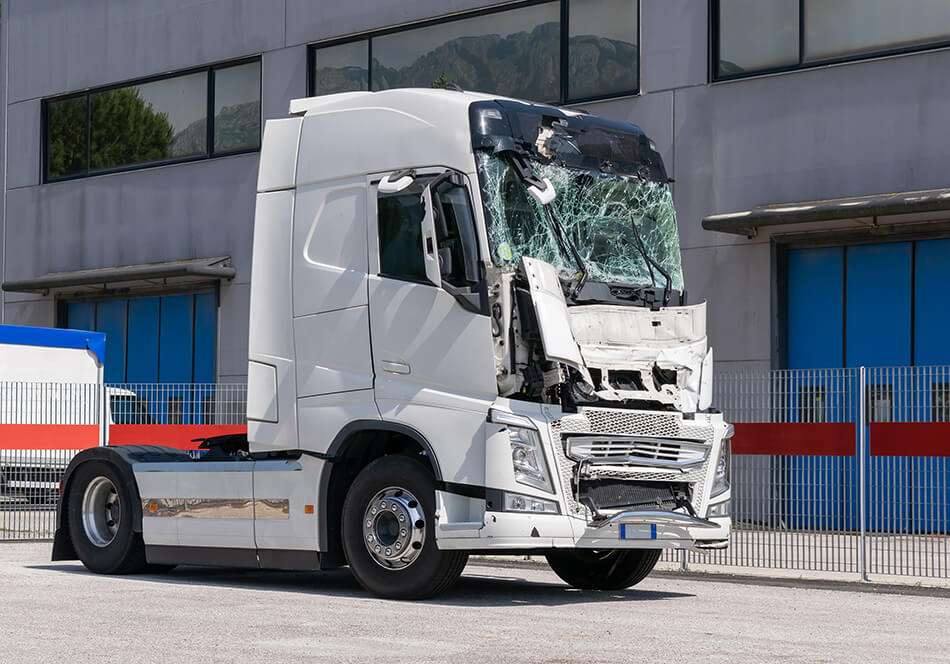
Vehicle Safety
Vehicle Safety is essential in Vehicle Engineering
Vehicle Safety is probably the most important selling point for all types of vehicles. That`s why vehicle safety is of paramount importance for the whole automotive industry, especially OEMs, their suppliers and engineering service providers.
When it comes to engineering vehicles, vehicle systems or components, our engineers here at Engineering Center Steyr (ECS) are always trying to make them as safe as possible within the framework of laws, standards, customer requirements, timing and costs. To implement safety, we are relying on safety standards, homologation laws, processes and, last but not least, the vast know-how and experience of our engineers and technicians.
We are working on safety topics for all types of vehicle, like passenger cars, trucks, busses or agricultural tractors. As well, we are familiar with safety subjects for components like eDrives, chassis, cabins or software.
With the comprehensive development environment amplified by the extensive expertise and experience of our engineers and technicians, we are well prepared to develop your vehicle or system – top safety included!
Topics of Vehicle Safety
We start thinking about safety already during planning of a development project, as the work necessary to make a vehicle safe is quite comprehensive and complex. Safety topics generally stretch from the vehicle concept over prototype and series development up to production, service, operation and decommissioning.
For development of safety relevant systems and to guarantee vehicle safety we use the V-process. The V-process is a systematic requirement-driven approach. After implementation / prototype manufacturing, the fulfilment of the requirements is verified at each level.
Consideration of safety and integration of all safety features has to take place as early as possible during development. We are applying numerous methods and processes to identify and assess risks, define detection measures, develop countermeasures, safety mechanisms and safety measures during development.
Besides standard testing of QM features, we verify/validate if safety measures and mechanisms fulfill the requirements.
Many tests of safety features can be done at our own test facilities, e.g. at HILs, drivetrain and powertrain test benches, at our chassis dyno or on our test track which has been adapted for ADAS testing.

Our Services for Vehicle and Product Safety Development
- FMEA (failure mode and effect analysis)
- 2-stage development process
- The V-engineering process
- Spice and functional safety processes
- Design guidelines
- Coding guidelines
- Simulation, like FEA (finite element analysis), MBS (multi-body simulation), lubrication simulation, CFD (computational fluid dynamics), 1D-thermal simulation by KULI, electromagnetic simulation, crash simulation, …
- Load measurements, derivation of load spectra, maximum loads
- Fatigue life / durability analysis
- Requirements management
- Verification by reviews, inspection, simulation…
- HIL testing
- Verification testing at our test benches (chassis dyno, fatigue test bench, powertrain and drivetrain test benches, component test benches….)
- Automated software tests
- Verification and testing at our test track
- Guidelines / documentation regarding safe usage, repair, etc. of a vehicle
- Measurements, development and testing of ADAS / automated vehicles / autonomous vehicle on our test track with simulated rain, lighting, intersection, city zone also using UFO’s (ultra-flat overrunable) robot platform
ADAS Function
New mobility automated or autonomous driving as well as ADAS functions strongly increase the demands to safety. We will assess the new, innovative functions regarding risks and define, implement and validate appropriate safety measures, safety mechanisms and safety rules to be considered.

Crash Safety Simulation
A lot of safety requirements have to be considered for vehicle development, they are described by laws, standards, homologation regulations and many more.
Crash safety simulation and tests according to ECE-R 29 help to ensure survival space of driver and co-driver in a truck cabin.
